What represents ‘hate speech‘ for you? A communally outrageous election speech by a politician or an activist’s allegedly ‘anti-national‘ call for liberation? Is it just about what sounds ‘capable of inciting feelings of hatred‘ and ‘disrupting public order‘? Even the law doesn’t clarify defining terms, what exactly hate speeches are. Nevertheless, it analyses common characteristics of all contentious speeches that are allegedly causing hatred.
Political Philosopher, Bhikhu Parekh mentioned these characteristics of speeches that make them ‘hateful‘ to the target audience it is catered to. He mentioned how members of a target group are considered as an enemy within the ideas addressed by these speeches. They are reduced to accepting themselves as legitimate and equal members of society, this lowers their social standing and subverts the very basis of their shared life experiences.
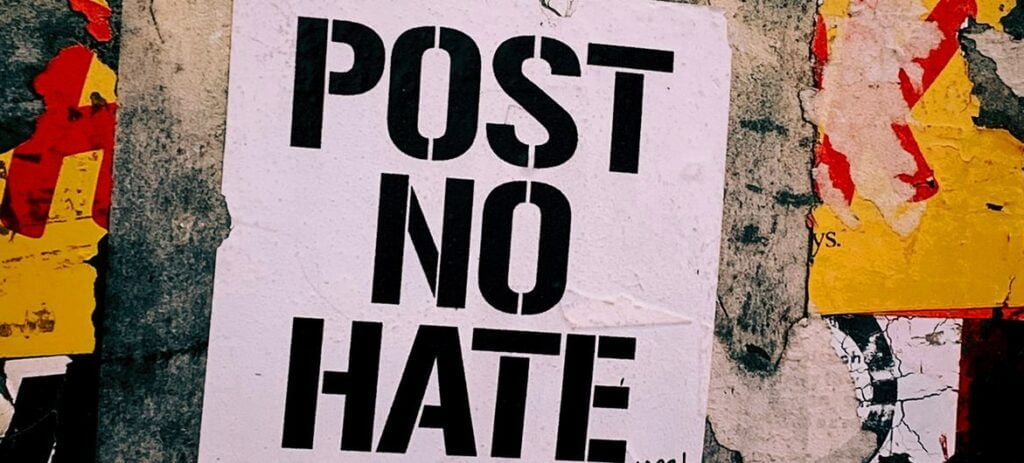
Every hate speech has an impact on its listeners’ which matters the most. We often see how governments use Sections of the Indian Penal Code (IPC) to curb criticism rather than inviting democratic spaces to critique and question their policies too. The debate of anti-nationalism has entered the discourse which ultimately reduces the value of our legal frameworks, for every other argument made against the state policies and their implementation. Today, in this age of social media, if we go by the 2021 internal documents leaked from Facebook Files investigation by whistleblower France Haugens, we see how fake news and misinformation were some of the direct reasons for the instigation of violence during NRC-CAA protests in the country.
Also Read: Why Must Hate Speech Against Muslims In India Be Condemned?
In this race of bringing Television Ratings to the top of the charts, our hyper-commercialised media has only allowed us to understand some of the worst forms of journalism. And with that, even the worst forms of hate campaigns are released against specific castes, races, ethnicity, gender, sexual orientation, regions and religious belief. This enrages xenophobic sentiments amongst the audience, who might believe in their respective news anchors’ politically polarised opinions or a panellist’s own opinions instigated by their vested interests. That’s why the Indian constitution restricts free speech with ‘reasonable restrictions‘.
Article 19 in The Constitution Of India 1949 protects certain rights that safeguard our freedom of speech and expression of the citizens but with ‘reasonable restrictions‘, as the clause further suggests:
“Nothing in sub-clause (a) of clause (1) shall affect the operation of any existing law, or prevent the State from making any law, in so far as such law imposes reasonable restrictions on the exercise of the right conferred by the said sub-clause in the interests of the sovereignty and integrity of India, the security of the State, friendly relations with foreign States, public order, decency or morality or in relation to contempt of court, defamation or incitement to an offence.”
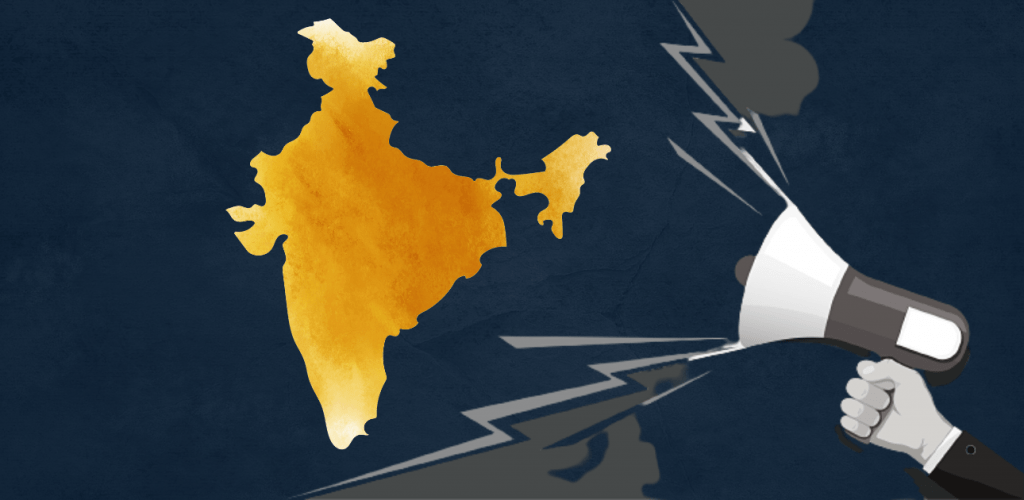
Even after these restrictions imposed on people’s freedom of speech and expression, neither the autonomous regulatory bodies in India nor the apex court has been able to regulate hate speeches both in terms of quantity and intensity of inciting hatred. When we evaluate the legal framework as well, it always ends up treading the treacherously thin line between regulation and complete restriction.
Despite the adoption of strict laws, cases of hate speech are still on the rise. To curb this, more stringent laws were proposed by the Law Commission of India in 2017. This has led to a state of over-criminalisation of speech-related offences. In light of the obvious harm that hates speech causes, it is time to go beyond the current framework to look for legal practices that can be adopted to address the problem of hate speech.
It is also this hate speech that suffices Target Rating Point (TRP) models of big media outlets with those primetime debates that spread misinformation like wildfire. Apart from covering religious issues, these debates question their subjects’ allegiance as ‘Indians‘. These subjects are mostly from marginalised communities. When politics cannot solve the problem, religion does, and when religion finds itself guilty of instigating violence, they turn into a xenophobic form of expression. However, hate speeches aren’t just religious, they are found problematic even on grounds of race, gender and ethnicity.
Also Read: Shraddha Walkar Murder: Is Media Paving The Path For A Theocratic Rashtra?
According to the 267th report released by the Law Commission of India, hate speech has been defined as an incitement to hatred directed principally towards a group of people who are identified by their race, ethnicity, gender, sexual orientation, or other characteristics. The practice is defined as an incitement to hatred primarily against a group of persons; while the Law Commission has especially proposed separate offences should be added to the Indian Penal Code to criminalise hate speech. However, quite specifically, instead of being subsumed in the existing sections concerning inflammatory acts.
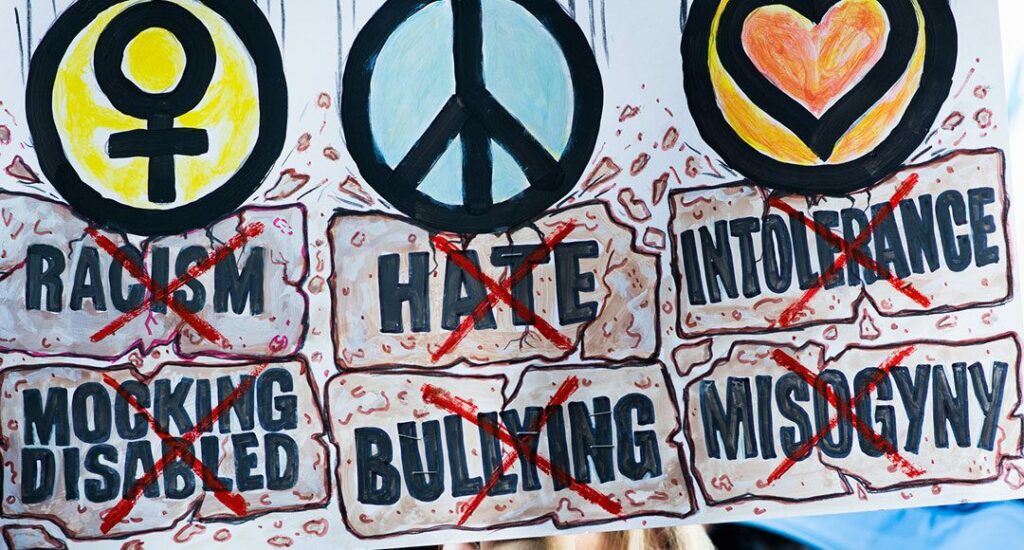
The Supreme Court couldn’t ever ride past this subject of criminalisation of hate speeches. During election rallies, the intensity of such hate campaigns especially via news channels, WhatsApp university forwards and Twitter IT cell handles of each party are all at their peak. In the previous year, while lashing out at the media Supreme Court urged the channels to rise above their race for ratings.
Also Read: Can The Media Stop Centering Queer Women’s Stories Only Around Tragedy?
With the recent judgment by Justice Joseph, he mentioned “Everything is driven by TRP. Channels are competing against each other. They sensationalize things and serve an agenda. Channels are competing against each other. They sensationalize things and serve an agenda. The visual medium can influence you much more than a newspaper. Our audience, are they mature enough to see this content?” In 2020, during the COVID lockdown, the Supreme Court raised concerns about the discriminatory news coverage of the Tablighi Jamaat Convention at the Nizamuddin Markaz incident about spreading communal hatred. They raised concerns about how the media narrated that they were the prime spreaders of the virus chain in India.

This discourse will still continue to go on the everyday language we use and its misuse in the service of our fascist regimes. Governments misuse the term “hate speech” to stifle criticism and to avoid being held accountable.
Whenever there is a law prohibiting or restricting expression, it’s important that it is really specific and clear. Otherwise, governments can abuse laws, whether they are on hate speech, national security, blasphemy or anti-terrorism, to justify repressing legitimate dissent.
Dissent can never be defined as hate speech simply because it is critical of or protests government action. Such speech must always be protected. Also, the media and its regulatory bodies need to keep a check on the kind of content that is being made and delivered.
About the author(s)
As an independent journalist, writer, and aspiring documentary filmmaker, Stuti covers about social and political issues. Interested in development journalism she also highlights issues on human rights, gender, education, unemployment, law and others. She aims to start her own news media initiative in the future to transform the way development is covered and discussed in the news.
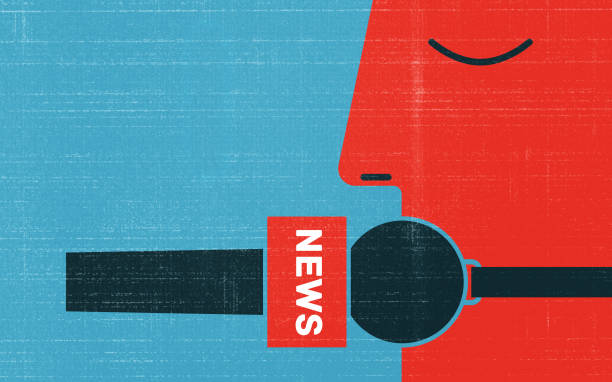


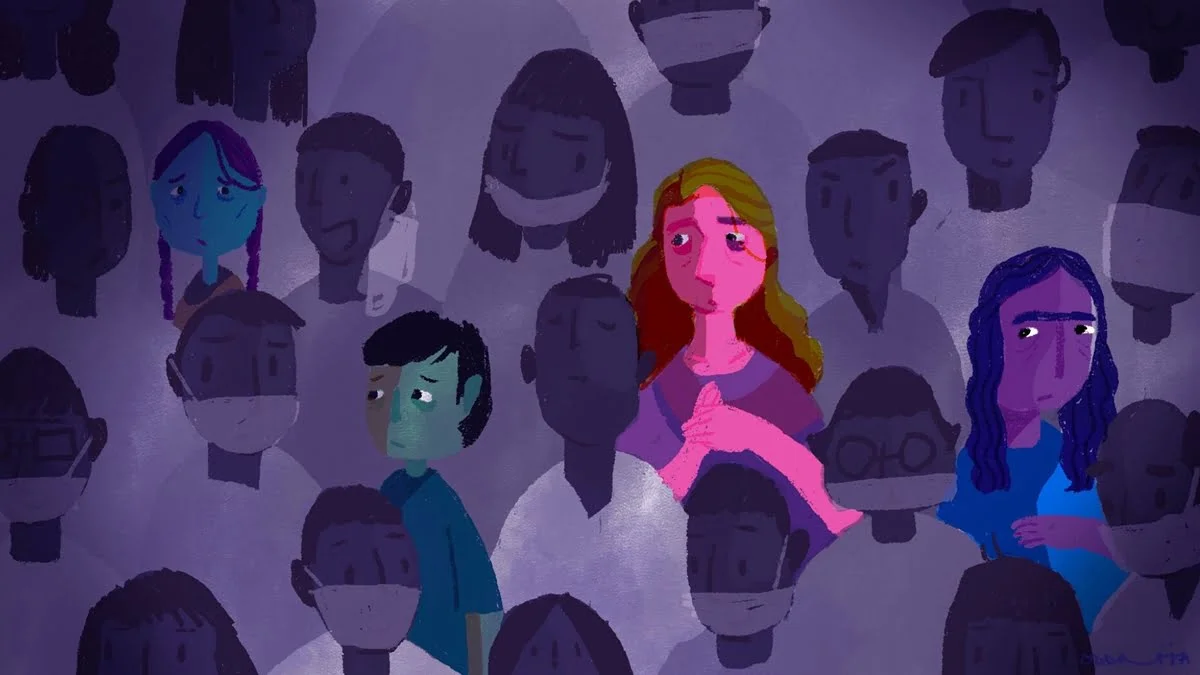



Insightful article!
Informative article !